Report this entry
More from the same community-collection
Coach Spilsbury and Football Team, 1990
Coach Spilsbury and Football Team, Juarez Stake Academy, Colonia ...
Student Council Float Colonia Juarez Mexico
Student Council Float Curtis Whetten Driving Joshua Hatch, ...
High School Graduation Juarez Stake Academy
High School Graduation Juarez Stake Academy Curtis Whetten and ...
Honors Night Juarez Stake Academy, Colonia Juarez
Curtis Whetten speaking in his capacity as Student Body ...
The First Bull Fight in Casas Grandes
Grand opening of the sports arena and bull fighters were brought ...
Gleaners in Tempe, AZ Freshman year of College
Older girls in the MIA for girls over 18 years old. Work to ...
College Registration Day Arizona State University Tempe, AZ
Lucile Turley on the day Lucile and Vera registered for college ...
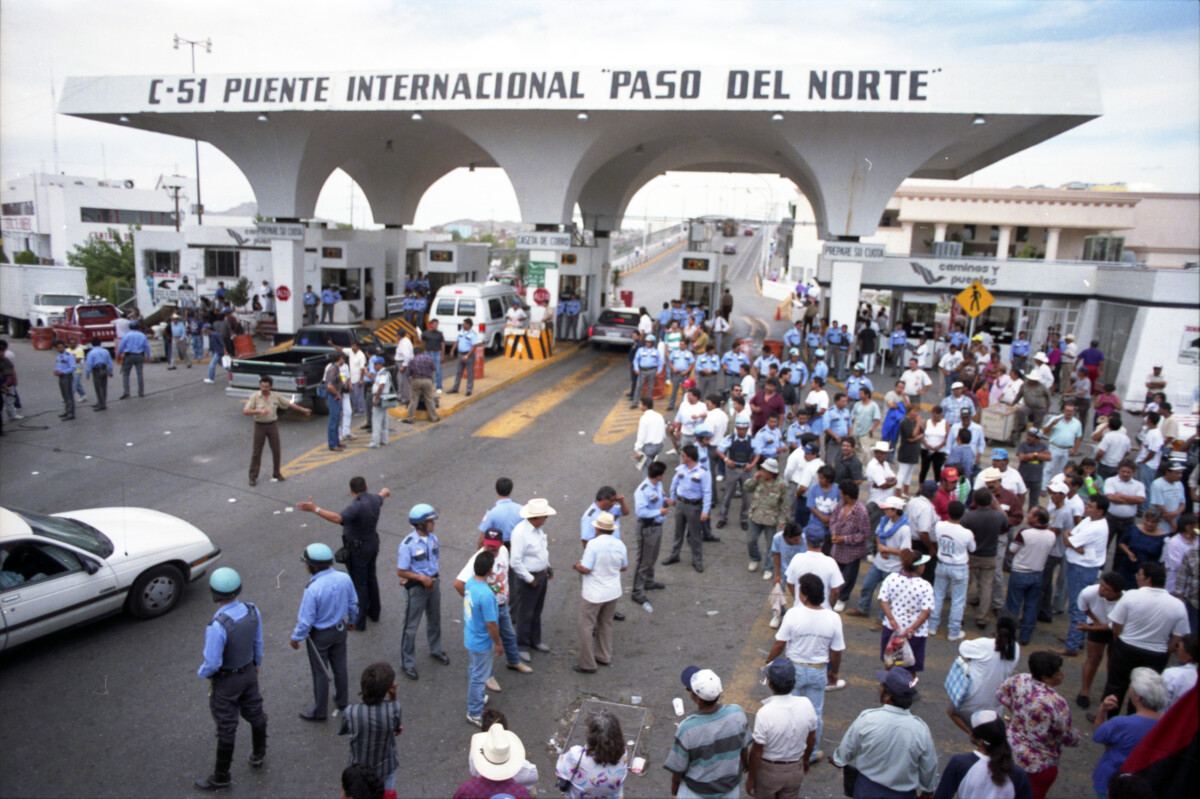
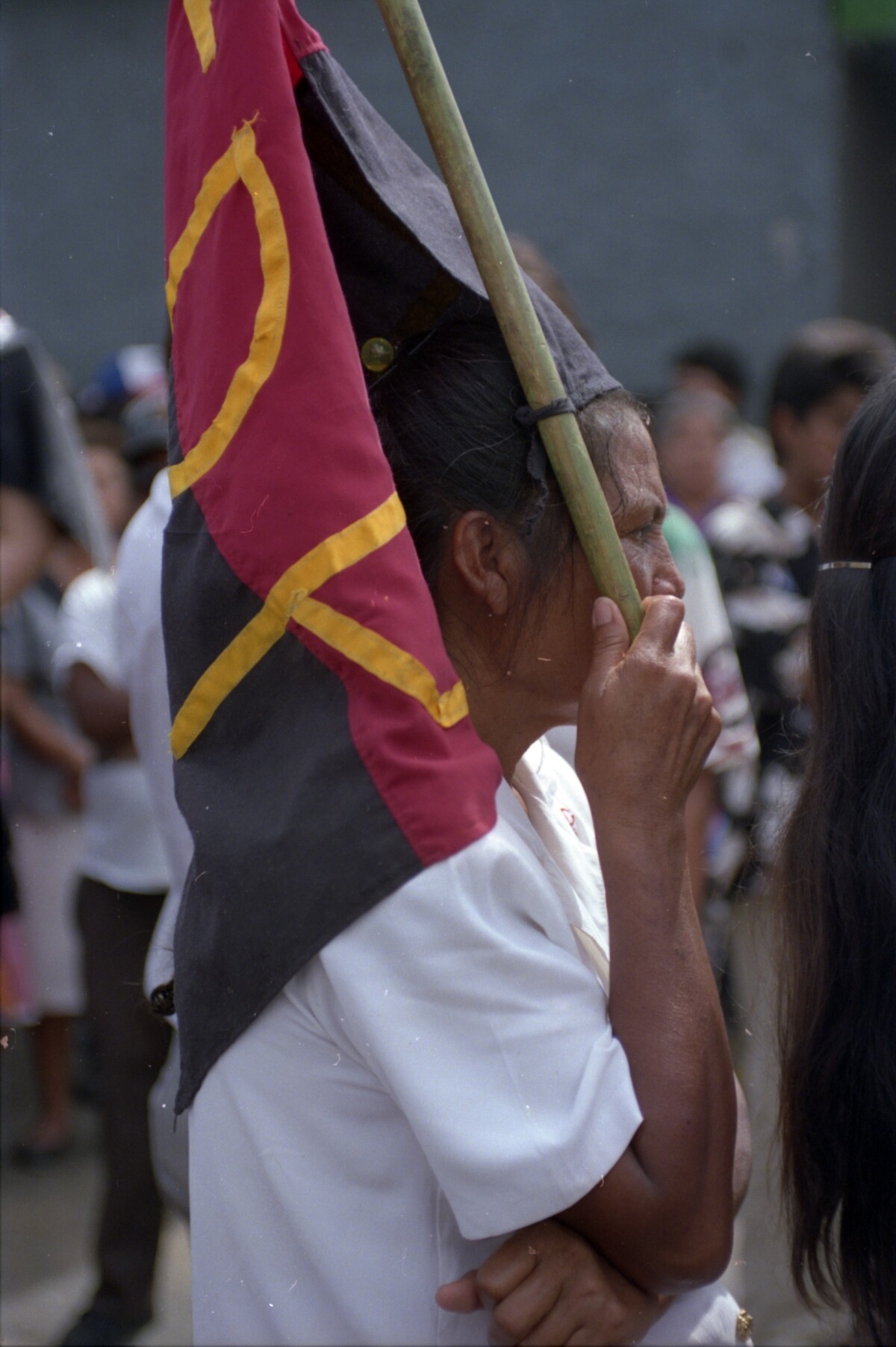

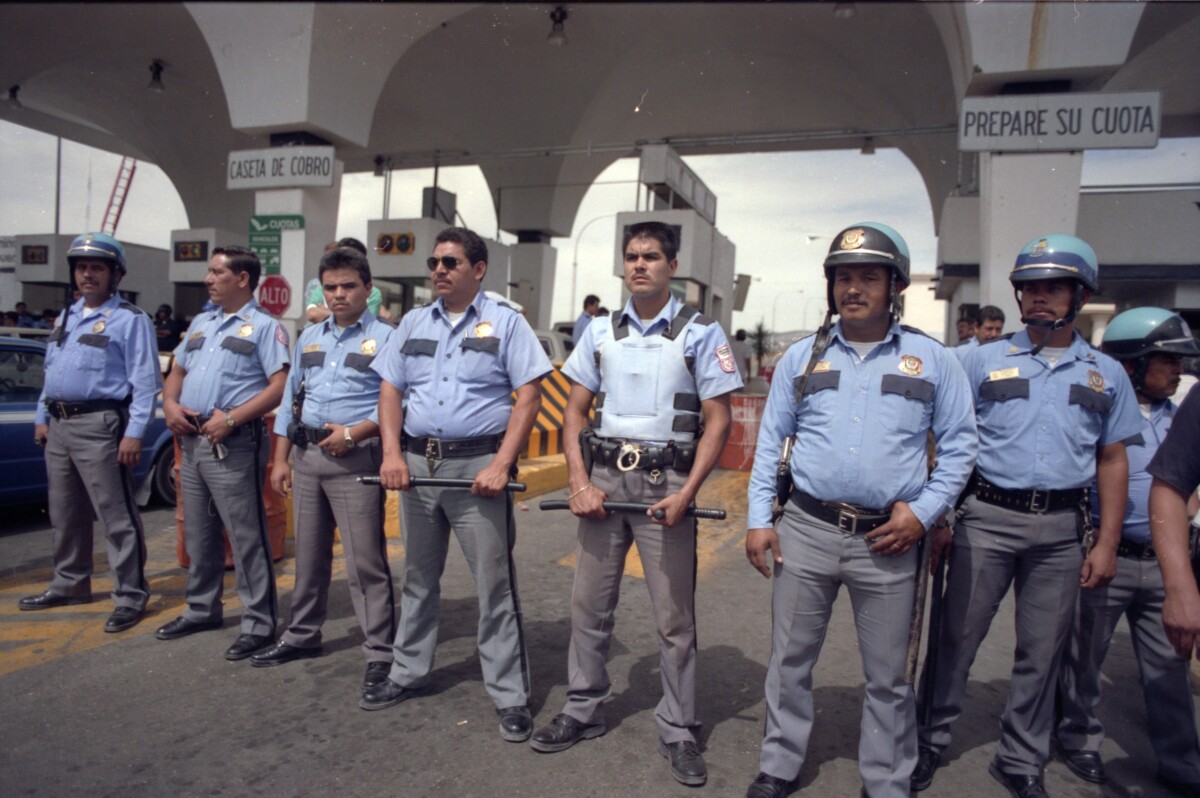
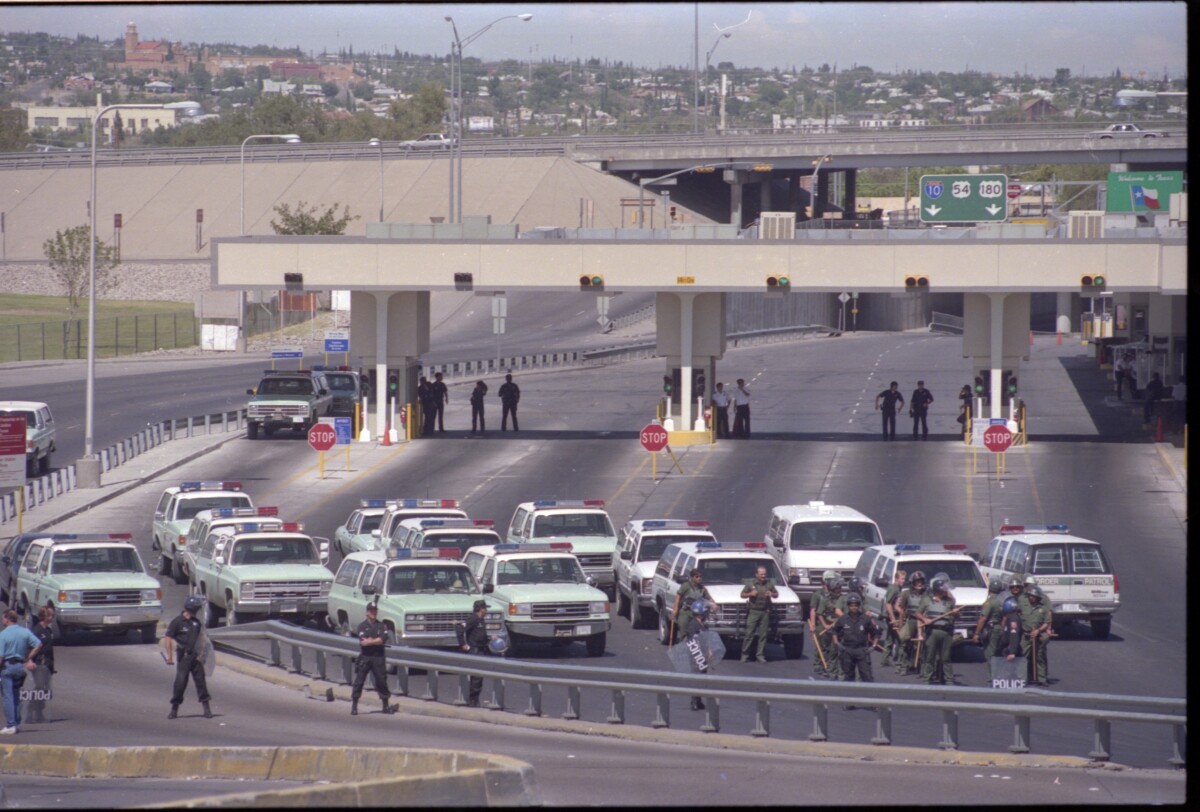

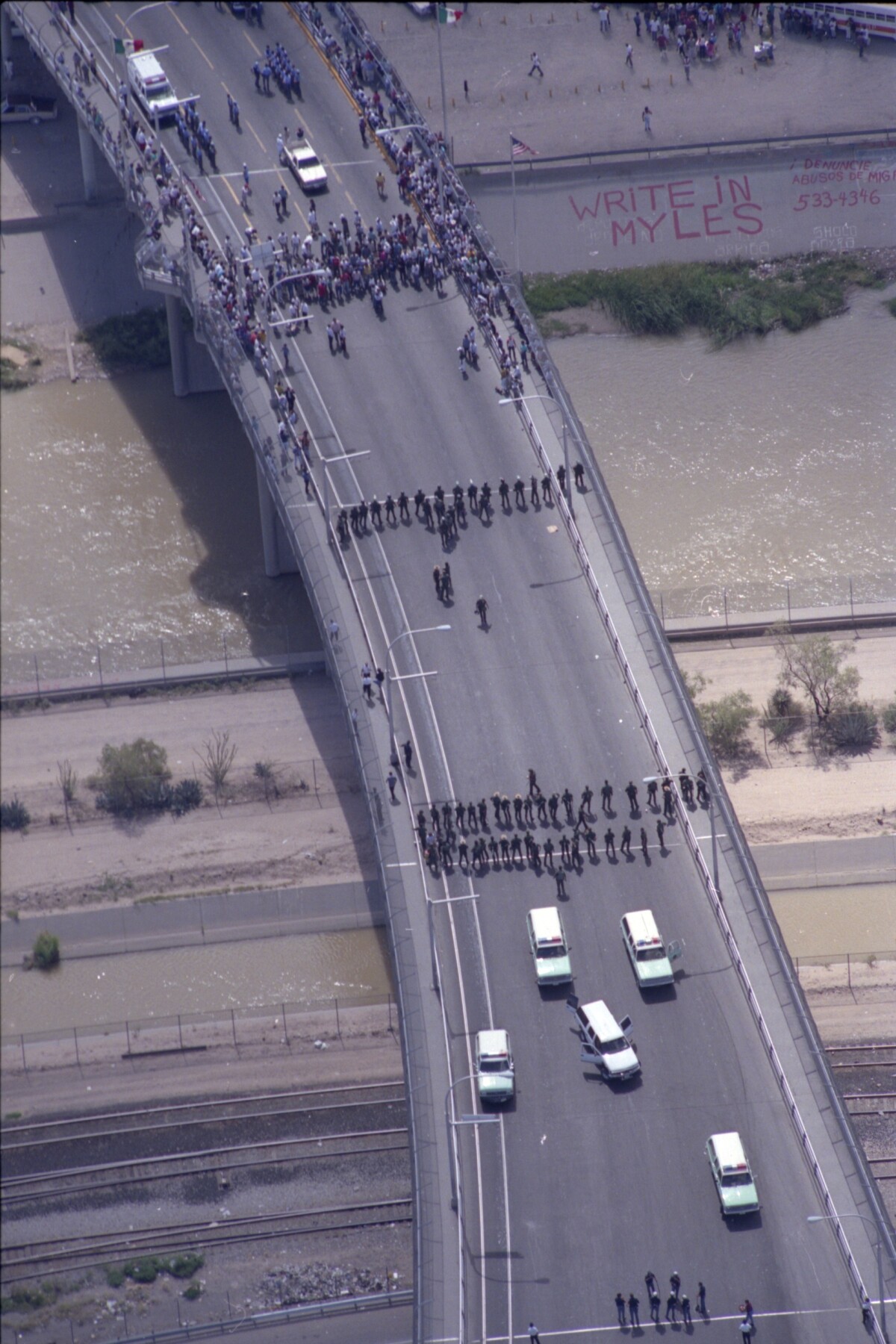
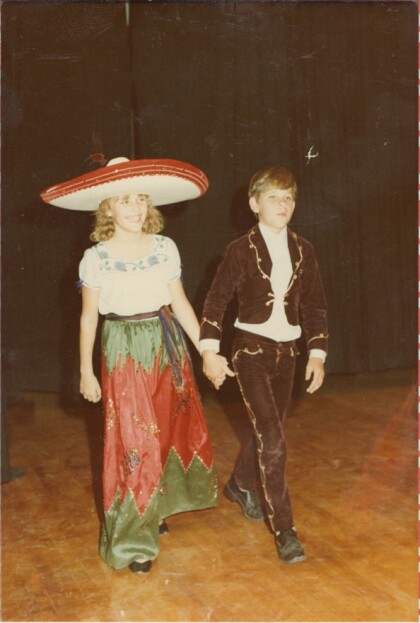
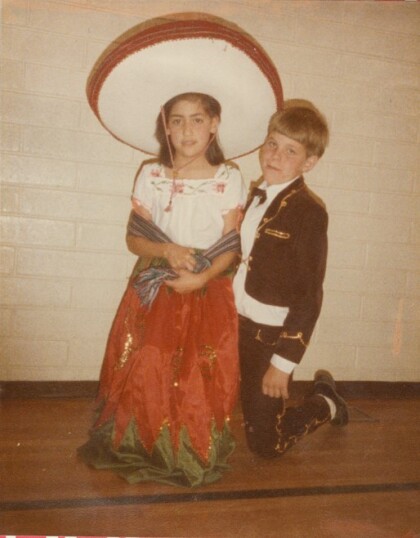

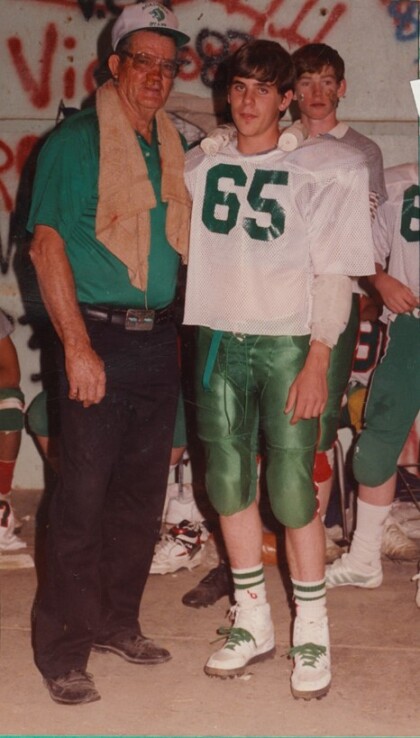
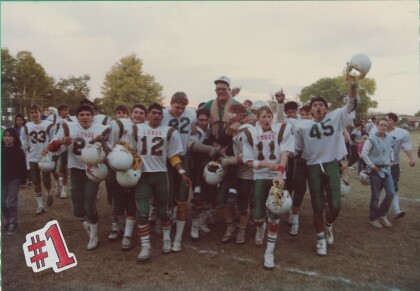
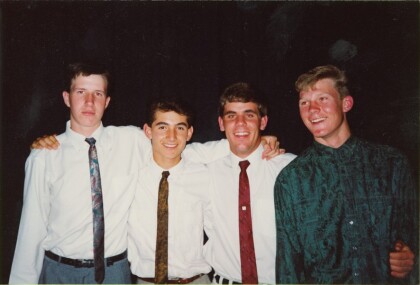
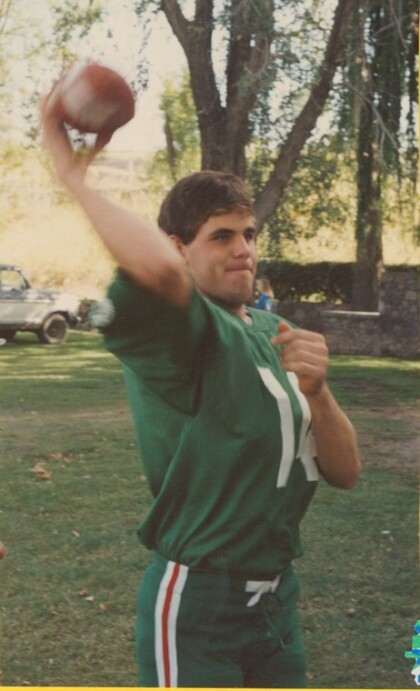
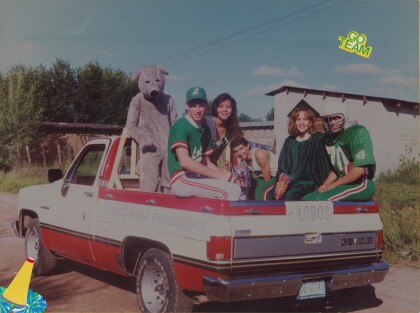
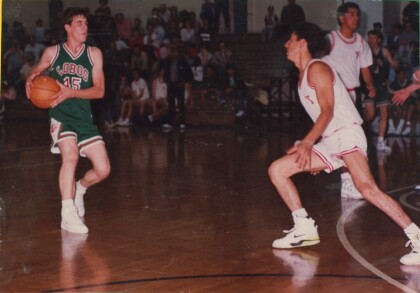
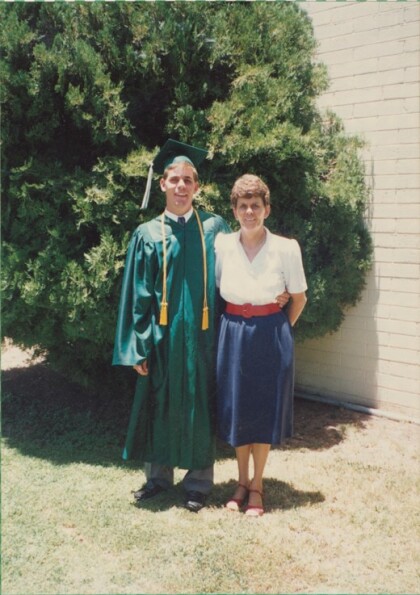
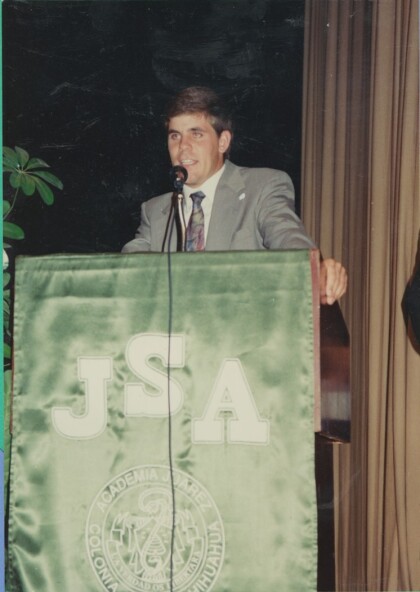
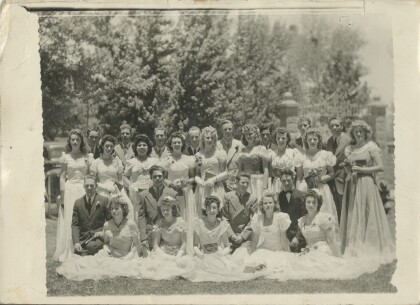
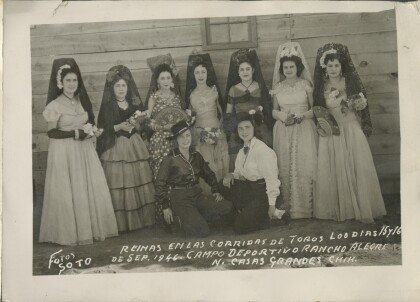

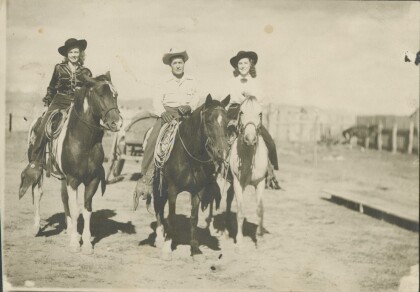
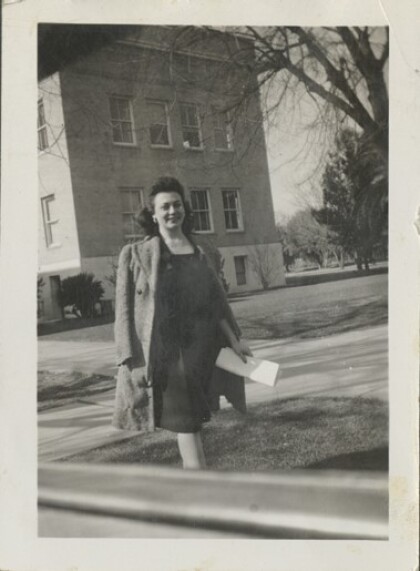
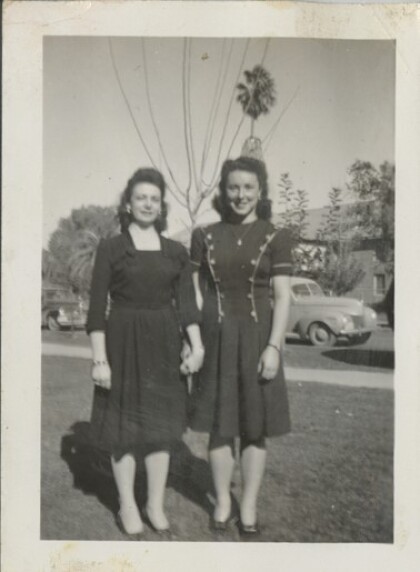
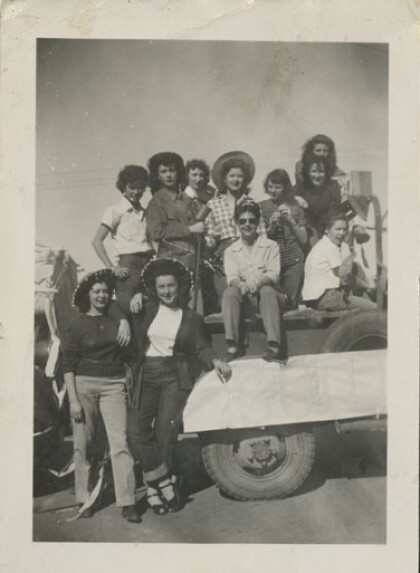


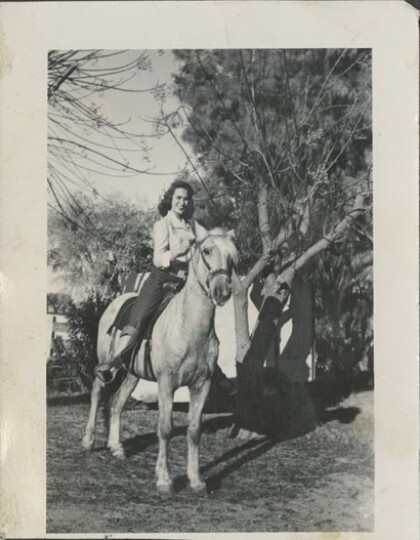
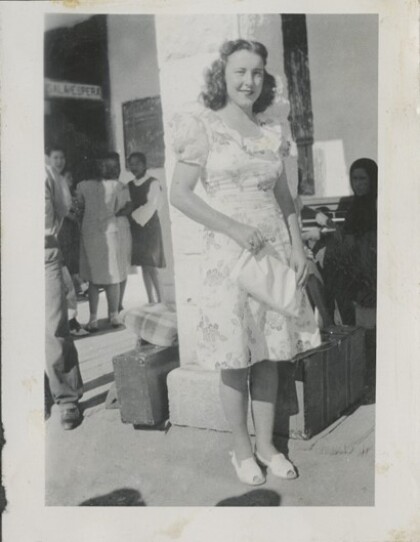
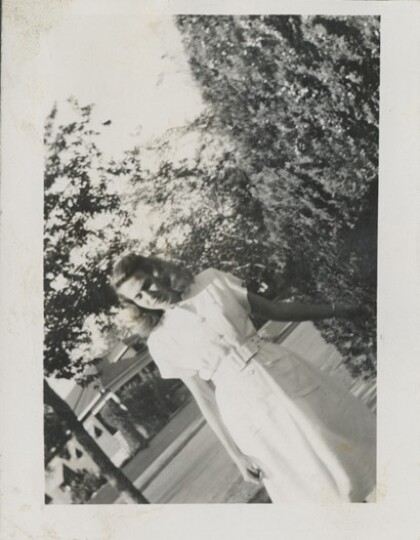
Comments
Add a comment